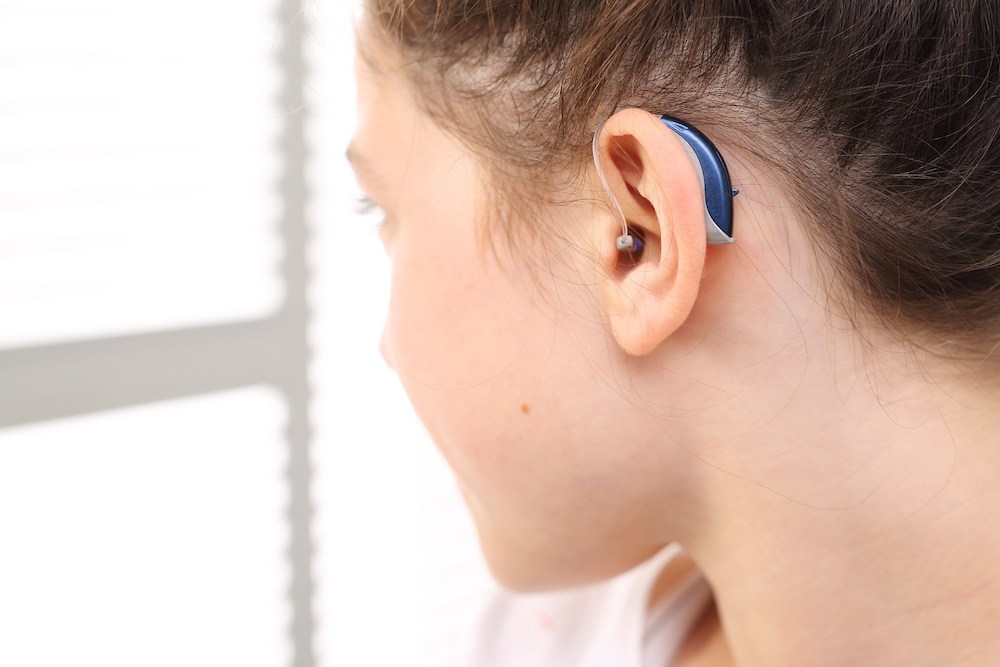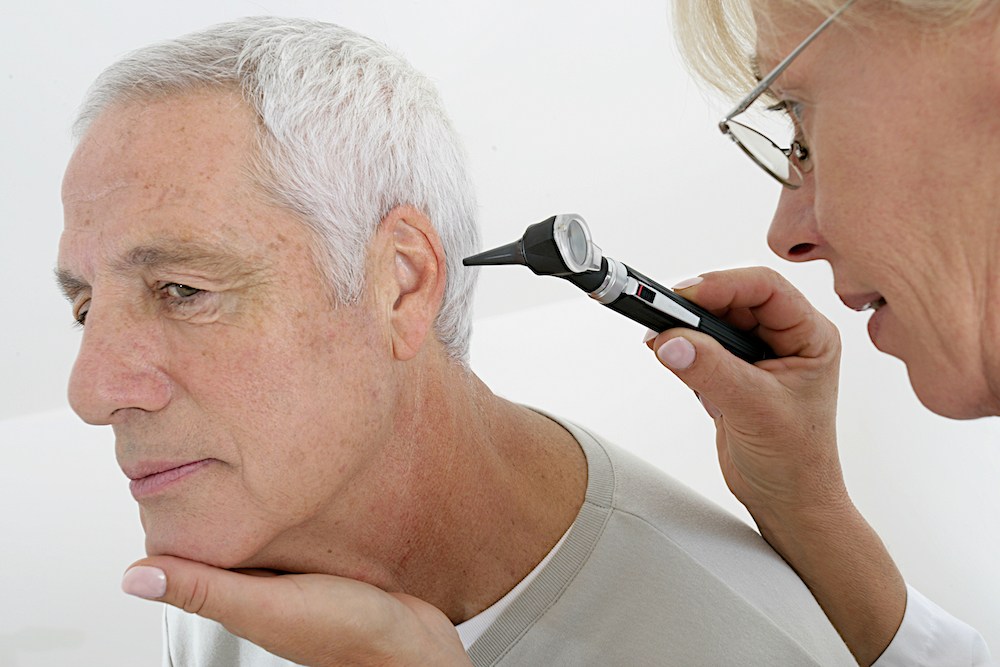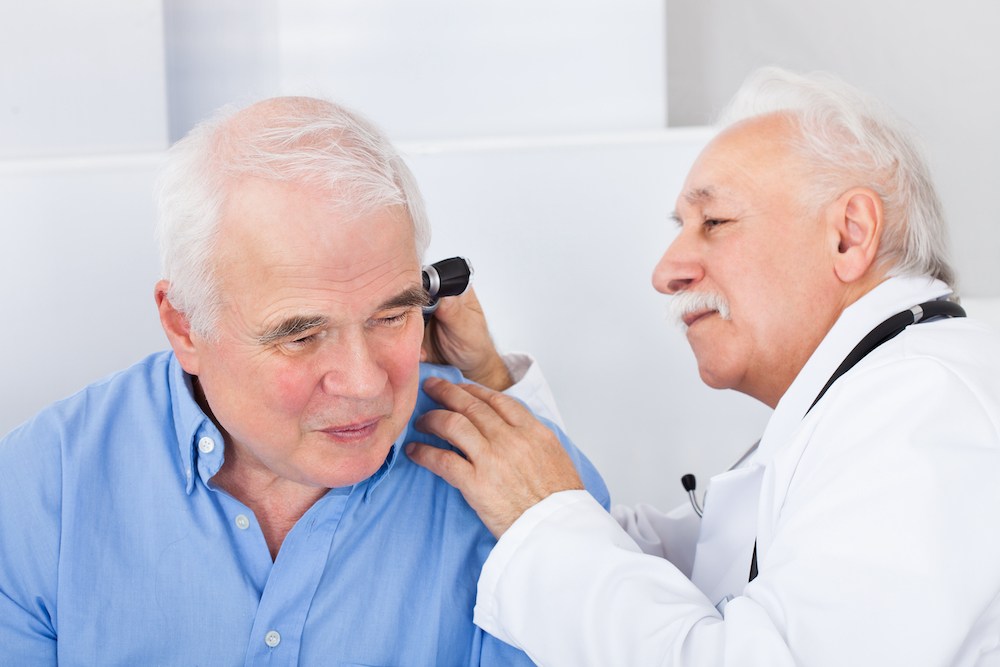Hearing Aids for Musicians: Specialized Features
Musicians rely on precise hearing to identify pitch, separate instruments
Turn over a new leaf in your hearing health. Fall in love with every sound & our latest technology. Schedule Now! →

By: admin | June 27, 2024
If you wear hearing aids, this season offers a unique chance to immerse yourself in these sensory joys. But to make the most of your outdoor experiences during this beautiful time of year, it’s important that your hearing aids are adjusted correctly. Understanding how different outdoor activities affect your hearing aid performance is key. Whether it’s a peaceful morning walk or catching up with friends, fine-tuning your device settings can greatly enhance these experiences. So, how can you adjust your hearing aids for various springtime activities?
Moving from winter’s chill to spring’s warmth brings certain considerations for your hearing aids. Changes in temperature and increased humidity levels are just two factors that can affect your device’s performance. A study by the National Institutes of Health suggests that humidity levels above 65% can potentially harm hearing aids. Spring and summer often bring higher humidity levels, which can cause moisture buildup in your devices. If not addressed promptly, this moisture can lead to distorted sound or even device malfunction.
Moreover, as temperatures rise, so does the risk of exposure to excessive heat. Leaving your hearing aids in a hot car or under direct sunlight for prolonged periods could damage their internal components. It’s important to take good care of your devices during these warmer months.
Weather conditions significantly affect the performance of your hearing aids. A bright sunny day might provide the perfect environment for your devices to work optimally, delivering clear and sharp sounds that enhance your outdoor experiences. However, weather can also present challenges. For instance, high winds can cause whistling or buzzing noises in your hearing aids, which can be distracting and make it difficult to hear properly. Similarly, sudden rain could potentially damage your devices if they are not water-resistant. It’s essential to consider these factors and take necessary precautions to protect your hearing aids from varying weather conditions.
Spring is an ideal time to pay attention to your hearing aids. The change in weather conditions and increased outdoor activities can present challenges for your devices. For example, you might notice a decrease in sound quality or encounter frequent battery drain. Regular maintenance is a beneficial solution to these challenges.
One way to address these challenges is by scheduling routine check-ups with your hearing instrument specialist. These visits ensure that your hearing aids are functioning at their best and provide an opportunity for any necessary adjustments or cleanings.
At-home daily care routines are another solution. Cleaning your hearing aids regularly using appropriate tools can help prevent issues such as moisture buildup or wax clogs, which can affect sound quality. Also, storing them properly when not in use protects them from potential damage due to heat or humidity.
Going outside on a windy day can pose a unique challenge for hearing aid wearers – wind noise. This is when gusts of wind blow directly into the microphone of your hearing aids, creating an annoying and often loud whooshing sound. It can make it difficult to hear conversations or enjoy the natural sounds around you. However, modern hearing aids come equipped with features designed to combat this issue.
One such feature is wind noise reduction technology. This advanced tool works by identifying the sound patterns associated with wind and reducing them, thereby improving overall sound quality. While it’s effective in minimizing wind noise, it might not completely eliminate it. Also, keep in mind that this feature may not be available in all hearing aid models.
There are a few downsides to consider when using this feature. Activating the wind noise reduction might lead to decreased battery life as it requires more power to function effectively. Additionally, while this technology can help reduce background wind noise, it may also inadvertently lower other ambient sounds that you might want to hear clearly. Therefore, finding a balance between using this feature and preserving your overall listening experience could require making adjustments to your settings.
Outdoor gatherings can sometimes be a challenge for those with hearing aids. The blend of multiple conversations, laughter, music and other background noises can make it hard to focus on a single sound source. By adjusting your hearing aids to a setting that minimizes background noise, you can improve your ability to engage in one-on-one conversations.
Many modern hearing aids come equipped with directional microphones. These smart devices focus on the sounds coming from in front of you while reducing noises from the sides and behind. This way, you’re able to enjoy your outdoor gatherings without missing out on any fun or important discussions. It’s all about finding the right balance between enjoying the ambient sounds and effectively communicating with others at these events.
Outdoor concerts and events are a highlight of the spring and summer months. With the right hearing aid adjustments, these occasions can be even more enjoyable. Concerts, festivals and outdoor events often involve loud music and large crowds. These environments can pose a challenge for those with hearing aids. However, with some tweaks to your device settings, you could significantly improve your listening experience at these events. Here are some tips:
While these adjustments can greatly enhance your experience at outdoor concerts or events, it’s important to remember that loud environments may still pose challenges. It might take time to find the right balance between different settings for optimal sound quality.
In addition to adjusting your hearing aid settings, consider wearing ear protection if you’re close to loudspeakers or in areas with high noise levels. This will help protect your residual hearing while still allowing you to enjoy the event. Managing outdoor noise doesn’t have to be a struggle. With the right adjustments and technology at hand, you can fully participate in all your favorite springtime activities without compromising on sound quality or comfort.
Getting the right balance between comfort and clarity in your hearing aids is a vital part of enjoying the full range of sounds that springtime has to offer. This means adjusting your device settings so that they provide clear sound without causing discomfort. It’s all about personalizing your hearing aid experience to fit your lifestyle and preferences.
Firstly, let’s consider comfort. This isn’t just about how the hearing aids physically feel in your ears, but also how comfortable you are with the sound quality they provide. Too loud or too soft, both can be discomforting. Hearing instrument specialists can help you adjust the volume levels to ensure sounds aren’t too overwhelming or too faint.
Next comes clarity – ensuring that you’re not just hearing sounds but understanding them clearly as well. This involves fine-tuning certain features like noise reduction and directional microphones to enhance speech comprehension and reduce background noise.
Achieving this balance is a process of making the necessary adjustments guided by expert advice from your hearing specialist. So why wait? Schedule an appointment with a hearing instrument specialist today for personalized advice on finding the right balance between comfort and clarity in your hearing aids.
Sometimes, you may not know which adjustments to make for your hearing aids. Despite the wearer-friendly design of modern devices, you may encounter situations where personal adjustments aren’t enough to provide optimal sound quality.
When you notice persistent issues with your hearing aids, such as distorted sounds or discomfort, it’s time to consult a specialist. Hearing instrument specialists have the knowledge and tools to diagnose and fix these problems efficiently.
Maintaining good hearing health is a collaborative effort between you and your hearing specialist. Regular check-ups and open communication about any difficulties you’re experiencing with your devices are essential for an optimal hearing aid experience. So when in doubt, don’t hesitate to reach out for professional assistance!
Keeping your hearing aids in excellent condition is vital for their longevity and performance. Proper maintenance not only ensures clear sound quality but also extends the lifespan of these essential devices. Interestingly, a survey by the Hearing Review found that 70% of hearing aid wearers noticed improved device performance after regular cleaning and maintenance. So, keep up with your hearing aid care routine to enjoy uninterrupted sound clarity!
At ClearSound Solutions, our team of dedicated hearing specialists is ready to assist you with personalized advice on fine-tuning your devices for various springtime scenarios. We understand that each individual’s hearing needs are unique, and we’re committed to helping you have a better quality of life with finely tuned hearing aids!
For more information or to schedule an appointment at our Lansing, MI location, please call us at (517) 318-2572. Let us guide you towards better hearing health so that you can embrace the sounds of spring with optimally adjusted hearing aids!
Tags: hearing aid tips

Musicians rely on precise hearing to identify pitch, separate instruments
By: admin | November 18, 2025

Outdoor activities often require careful preparation, from packing the
By: admin | August 21, 2025

As new parents, you’re juggling countless responsibilities and
By: admin | April 24, 2025
